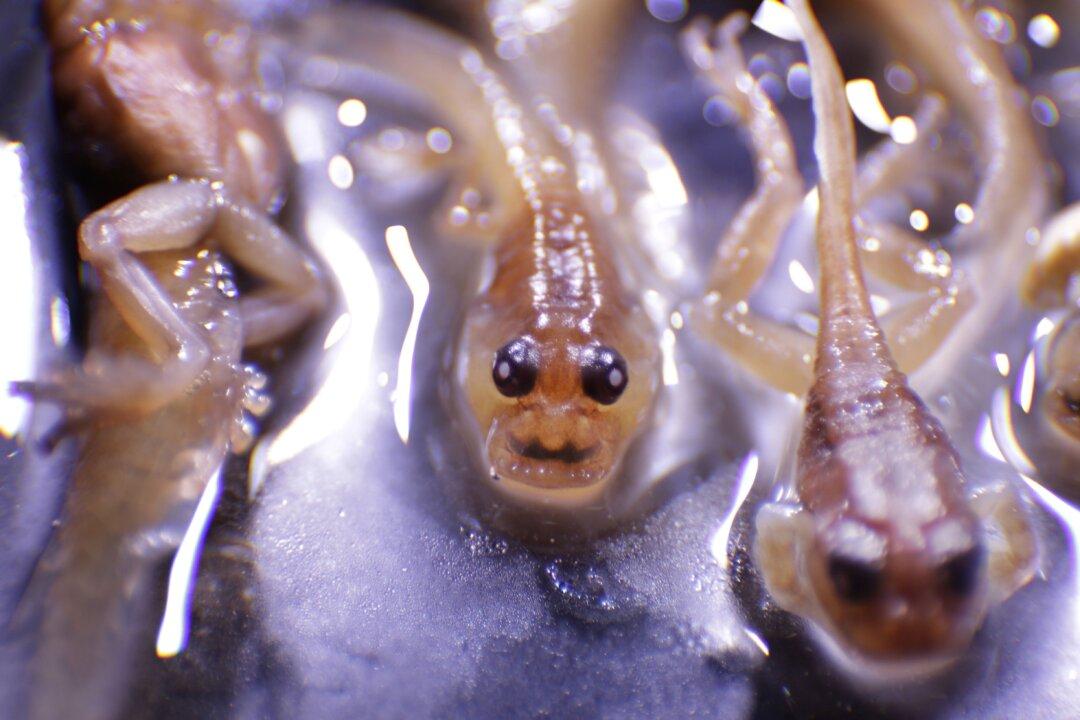Swarms of tiny living robots have discovered the ability to self-replicate, i.e. reproduce, through the process of gathering single cells and assembling them together to form new organisms, through a unique process not seen until now in plants or animals, scientists say.
Researchers Sam Kriegman, Douglas Blackiston, Michael Levin, and Josh Bongard from Tufts University, Harvard, and the University of Vermont created the life forms, called xenobots, in 2020, using stem cells taken from the embryo of the African clawed frog, Xenopus laevis.





